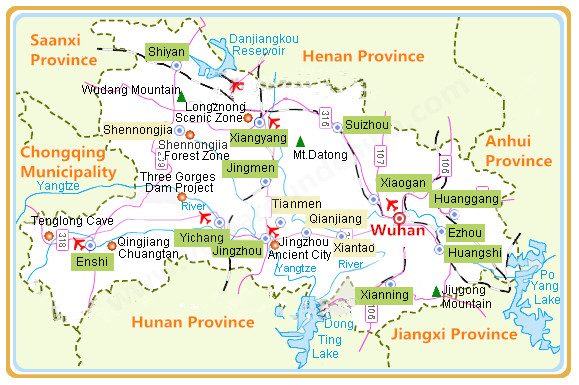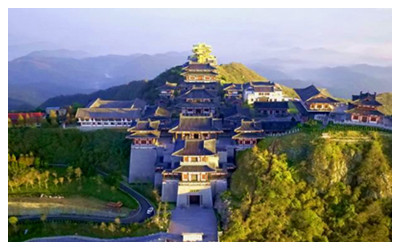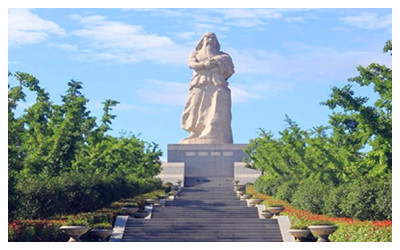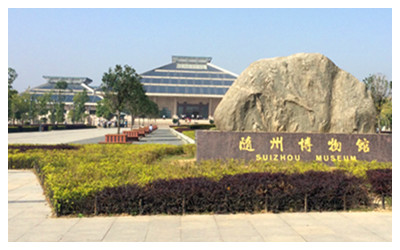Skype: neodalle-travel
Tel: +86 135 7447 2266
E-mail: sales@visitaroundchina.com

 Suizhou, a prefecture city, is located in the north of central China's Hubei Province. Suizhou is the birthplace of the legendary Yandi (Shennong), who is one of the forefathers of Chinese Nation along with Huangdi, and he is also the founder of Chinese agriculture. Every year on the twenty-six day of the sixth lunar month, there will be a tourist festival held in the Lieshan town in northern suburbs of Suizhou to celebrate the birthday of the great ancestor of the country.
Suizhou, a prefecture city, is located in the north of central China's Hubei Province. Suizhou is the birthplace of the legendary Yandi (Shennong), who is one of the forefathers of Chinese Nation along with Huangdi, and he is also the founder of Chinese agriculture. Every year on the twenty-six day of the sixth lunar month, there will be a tourist festival held in the Lieshan town in northern suburbs of Suizhou to celebrate the birthday of the great ancestor of the country.History of Suizhou
Suizhou adopts its name from the most ancient vassal state of Sui in the Western Zhou Dynasty (11th century BC-221BC.). As a testament on the long cultural history of Suizhou, a set of Bronze Chime-bells excavated from the Tomb of Marquis Yi of the Zeng State in early Warring States Period, which is 1 kilometer (0.6 miles) west of the city proper is on permanent exhibition. This set of bronze bells consists of sixty articles, and it is a rare and delicate treasure that establishes China's instrumental music advances earlier in history by five hundred years.
What to see in Suizhou?
Meandering hills make up the main part of the territory of Suizhou with some interleaving mountain lands and alluvial plains. The Dahong Mountain is in the south and Tongbai Mountain is in the north of Suizhou, and a long and narrow plain lies northwest southeast in the center. Here lists top attractions in Suizhou.
 |
 |
 |
| Dahong Mountain | Emperor Yan Shennong Native Place | Suizhou Museum |
When to visit Suizhou?
Suizhou features a subtropical monsoon climate, having four discernable seasons, rich sunshine and abundant rainfall. The chilly and torrid periods in midwinter and midsummer are relatively short. Its annual average temperature falls around 16 ºC . Spring and autumn are the best time to visit Suizhou.
How to get to Suizhou?
Suizhou is a vital transportation in northern Hubei connecting the province with Central China. It is a bit more than one hour's drive from Wuhan Tianhe international Airport. Suizhou Railway Station is located in Jiaotong Jie, and the central bus station is seated in No.29, Jiefang Rd.
Suizhou Travel Tips
Around 60 kilometers in the northeastern Suizhou, Shennong Cave is so named because it is said that Shennong/Yandi who was considered as God of Agriculture was born here. In the ancient times, Shennong Temple was built outside the cave and was destroyed later.
 Ask Questions ?
Ask Questions ?